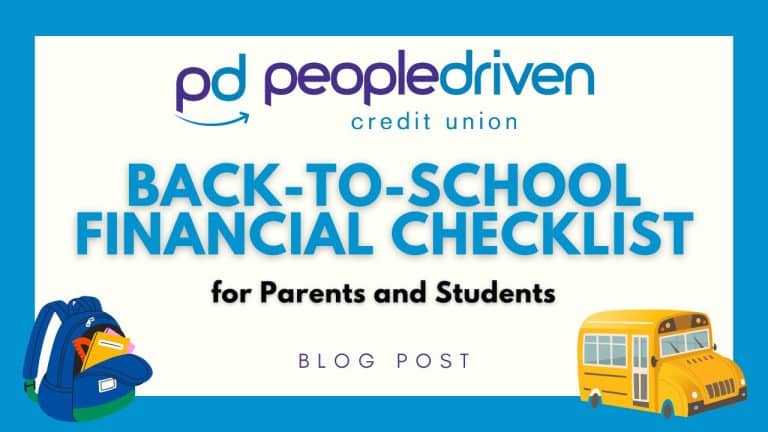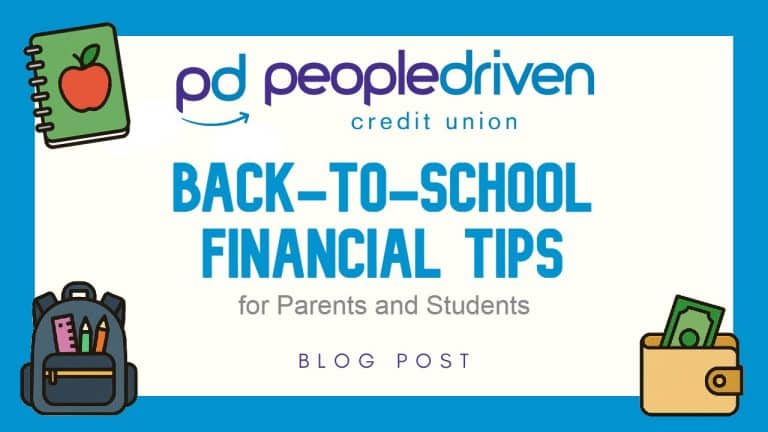
Teaching kids financial literacy and practical money management skills early on can set them up for long-term financial success. Educating your children about financial wellness gives them the tools to develop healthy spending habits that will last a lifetime.
Here are some simple and fun ways to help your kids learn about money:
1. Play Games That Involve Money
A great way to teach kids about money is through play. Games like Monopoly or Life incorporate financial elements that help children understand budgeting, planning, and making wise financial decisions without realizing they’re learning. While playing, guide your child through strategies that show the importance of saving, investing, and managing resources.
2. Create a Wish List Together
An essential part of financial literacy is learning to prioritize. You can teach this by helping your child create a wish list of things they want. Have them rank their top five wishes from most to least important and then discuss how they can achieve these goals over time through planning and saving. This teaches them that while we can’t have everything at once, goals can be reached with patience and smart financial choices.
3. Teach While You Shop
Turn shopping trips into lessons. Explain your decisions when choosing products, sticking to a budget, and using discounts or coupons. Tell your child how much money you have to spend and walk them through your choices, highlighting why some items are prioritized over others. By seeing you manage a budget, your child will better understand how to make thoughtful purchasing decisions. For extra learning, give your child a small amount of money to spend on whatever they want—this will teach them how to manage a limited budget and the value of money.
4. Give an Allowance
An allowance can give children hands-on experience managing their own money. Whether based on age (like $1 per year) or earned through chores, an allowance teaches kids the rewards of saving and the consequences of impulsive spending—lessons that are far less risky now than they will be in adulthood. You might even have them cover some of their expenses, like games or movie tickets, which helps them understand budgeting and responsibility.
5. Split Money Into Categories
Consider getting a piggy bank that splits money into categories: spending, saving, and giving. Teach your child what each category means and how they can use their money for different purposes. Whenever they receive their allowance, talk through their plans for each portion. This system can be a fun way to introduce the concepts of budgeting, saving for goals, and giving to charitable causes. Once they’ve saved enough in the “giving” section, donate together in your child’s name to a charity they care about.
6. Involve Your Kids in Major Purchases
Including your kids in big family decisions—like planning a vacation or buying a new appliance—can help them understand the financial considerations involved in large purchases. Let them assist with research and comparing options, teaching them to weigh costs and benefits before deciding. They’ll take pride in being part of the process and learn valuable decision-making skills.
Helping Your Kids Grow Financially
Teaching kids about finances is easier than you might think—it just takes a little planning and creativity. As your child’s understanding grows, you can increase their financial responsibilities, perhaps by upping their allowance or helping them open a Youth Savings or Youth Checking account. These early lessons will equip them with a positive attitude toward money as they become financially responsible adults.
Need Help?
If you’re looking for guidance on managing your finances or preparing to teach your kids, People Driven Credit Union’s partner, GreenPath Financial Wellness, can help. Their certified counselors offer free financial counseling to assist with budgeting, understanding credit reports, creating debt repayment plans, and setting family financial goals.





